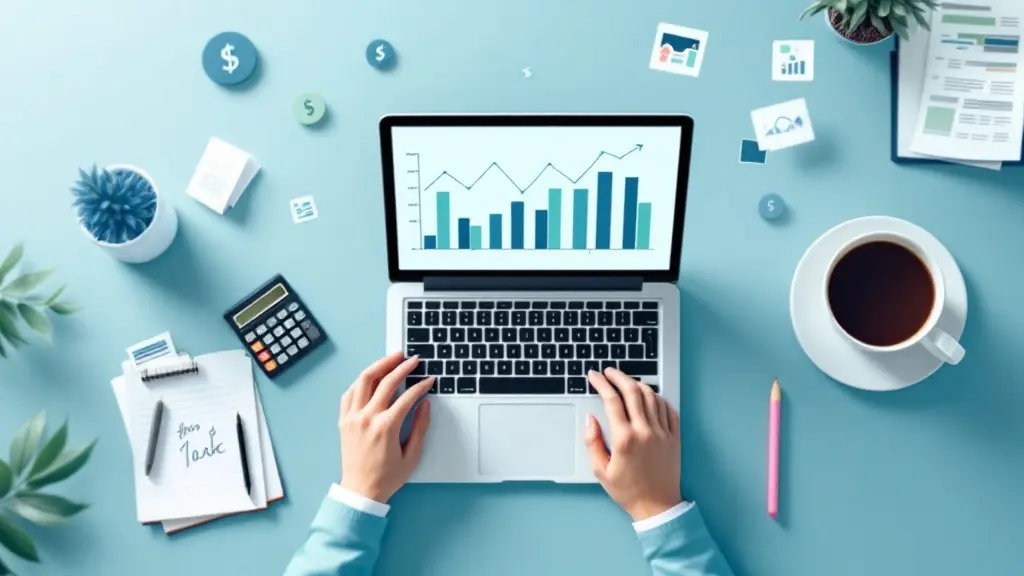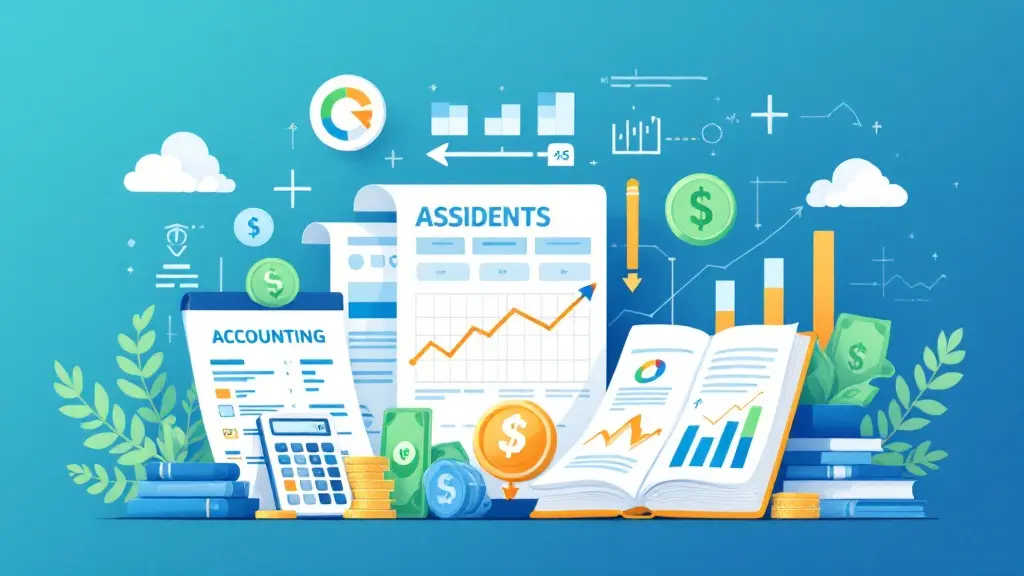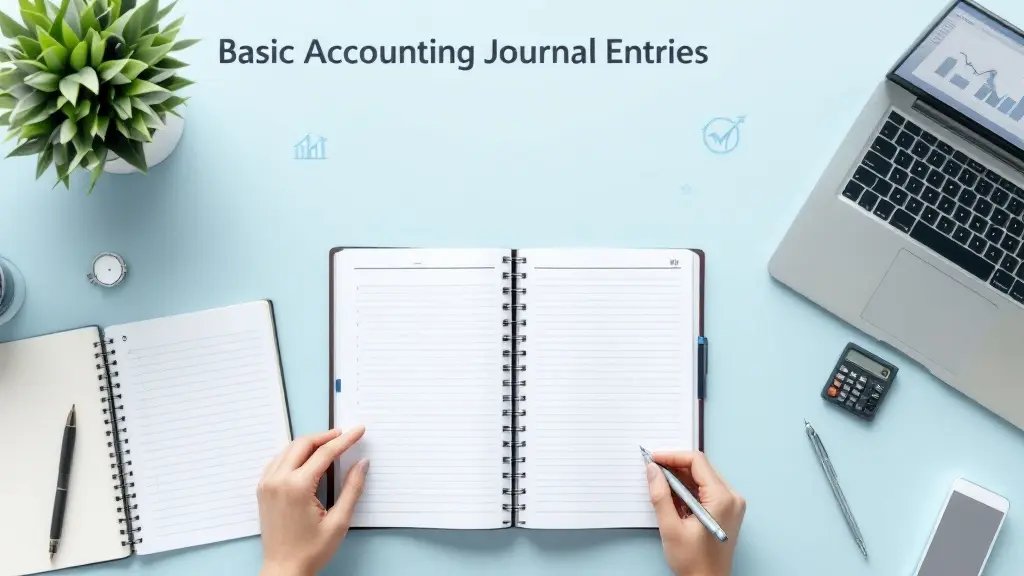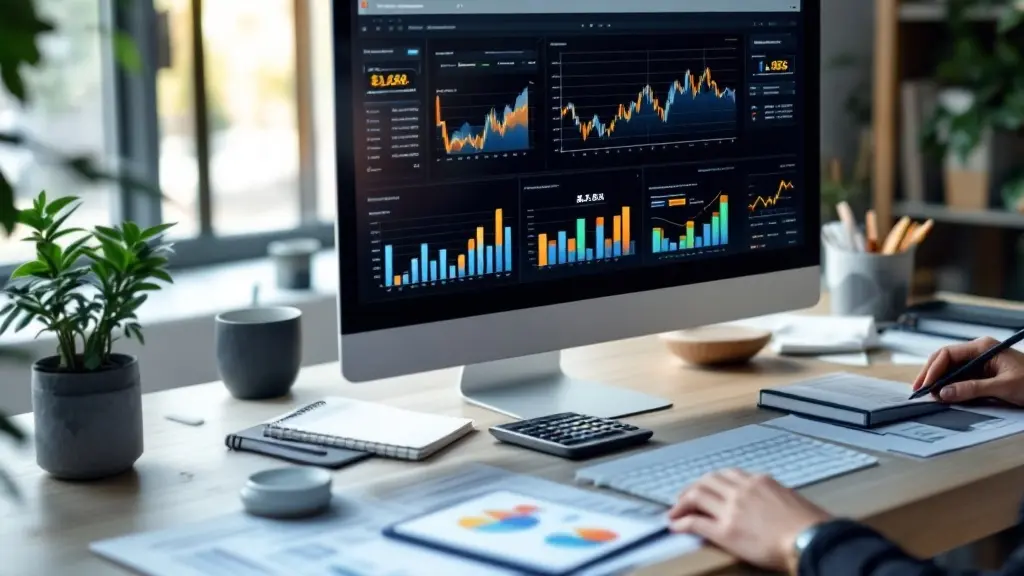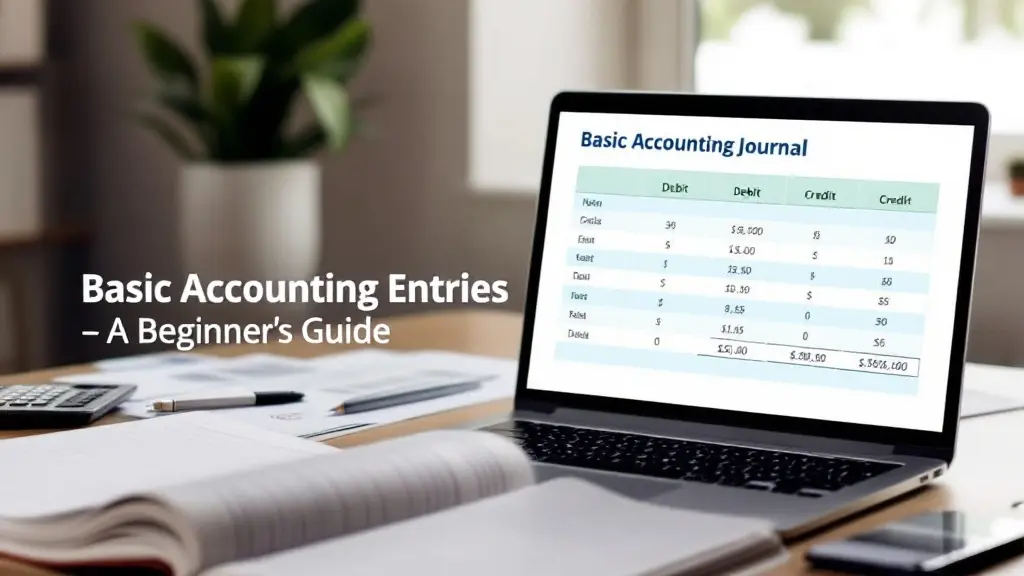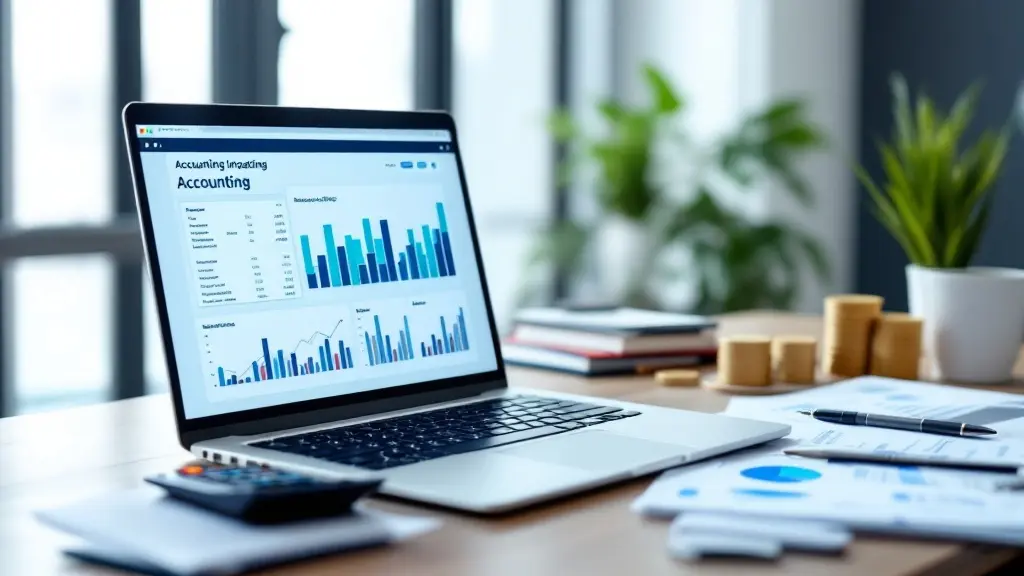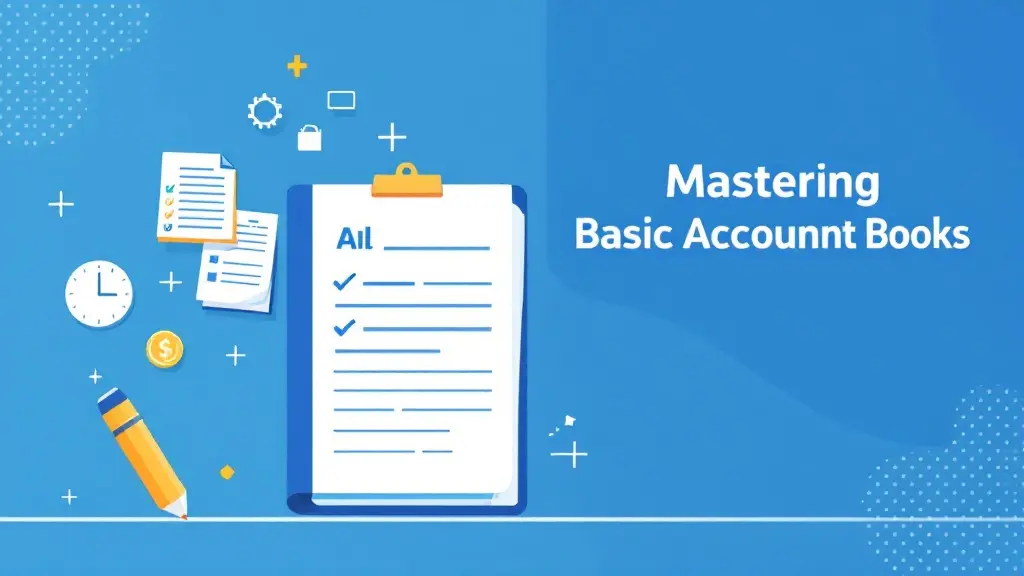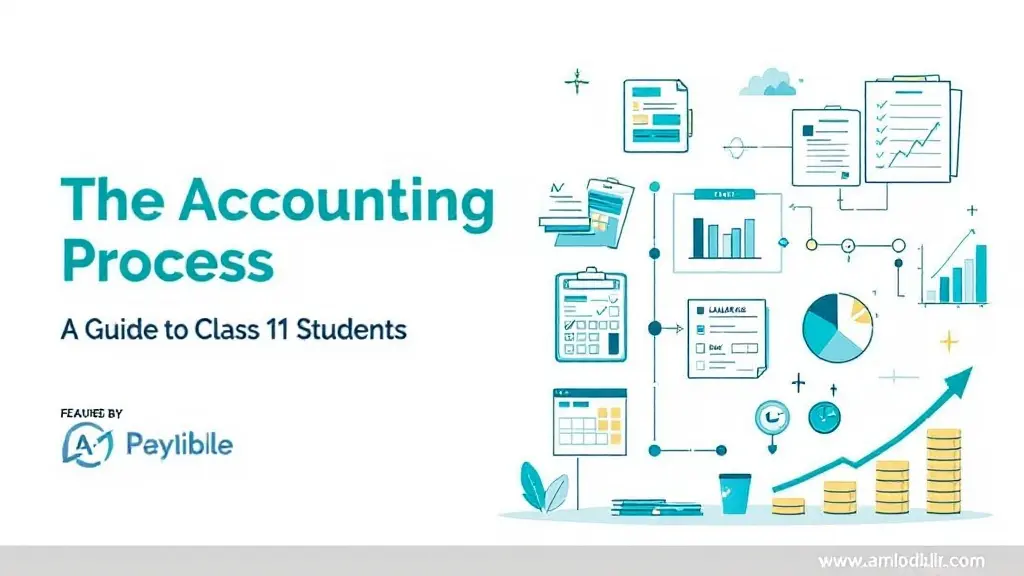Balance Sheet Format in India: A Comprehensive Guide
Table of Contents
Most Read
“Create a professional and clean visual representation of a balance sheet format for India, featuring clear sections for assets, liabilities, and shareholders’ equity. The design should be modern and minimalistic, with a color palette that includes blue, white, and grey for a corporate feel. Include visual icons or symbols for key categories like cash, receivables, inventory, borrowings, and equity. The image should evoke trust, professionalism, and clarity, making it suitable for a financial services blog. Incorporate elements like bar charts or line graphs subtly in the background to emphasize the financial aspect. Include the text ‘Balance Sheet Format in India’ in bold, prominent font at the top of the image.”
4o mini
A balance sheet is one of the most essential financial statements for any business. It gives a snapshot of a company’s financial position at a particular point in time. In India, businesses are required to follow a specific balance sheet format as prescribed by the Indian Accounting Standards (Ind AS) and the Companies Act, 2013.
If you’re looking to understand the balance sheet format in India, its components, and how to read one, you’re in the right place. In this article, we’ll take you through the essentials of the balance sheet format in India, breaking it down into easy-to-understand sections.
What Is a Balance Sheet?
A balance sheet provides a summary of a company’s assets, liabilities, and shareholders’ equity. The balance sheet format ensures that the company’s total assets are equal to the sum of its total liabilities and equity.
The formula for a balance sheet can be stated as:
Assets = Liabilities + Shareholders’ Equity
This equation holds true for any company’s balance sheet, providing a clear picture of its financial health.
Key Components of a Balance Sheet in India
In India, balance sheets are divided into two main sections:
- Assets
- Liabilities and Shareholders’ Equity
Let’s break down each of these components in detail.
1. Assets: What the Company Owns
Assets are resources owned by a business that are expected to bring future economic benefits. They are further classified into two categories:
Current Assets
Current assets are short-term assets expected to be converted into cash or used up within a year. Common examples include:
- Cash and Cash Equivalents: Physical cash, bank balances, and short-term investments.
- Receivables: Money owed to the company by its customers.
- Inventory: Goods available for sale or raw materials.
- Prepaid Expenses: Payments made in advance for services or goods to be received later.
Non-Current Assets (Fixed Assets)
Non-current assets are long-term assets that are not expected to be liquidated or converted into cash within a year. These include:
- Property, Plant, and Equipment (PPE): Tangible fixed assets used in operations like buildings, machinery, and land.
- Intangible Assets: Non-physical assets like patents, trademarks, or goodwill.
- Investments: Long-term investments held in securities or subsidiaries.
2. Liabilities: What the Company Owes
Liabilities represent the financial obligations of a business. Just like assets, liabilities are classified into two categories:
Current Liabilities
Current liabilities are obligations due within a year. These include:
- Short-Term Borrowings: Loans or debts that need to be repaid within one year.
- Payables: Money owed to suppliers, creditors, or other businesses.
- Accrued Expenses: Expenses incurred but not yet paid, like wages or utility bills.
- Current Tax Liabilities: Taxes owed to the government.
Non-Current Liabilities
Non-current liabilities are long-term debts or obligations that are due after one year. These include:
- Long-Term Borrowings: Loans with repayment terms longer than one year.
- Deferred Tax Liabilities: Taxes that will be paid in future periods.
- Other Long-Term Liabilities: Any other liabilities that are not due within the next 12 months.
3. Shareholders’ Equity: Ownership and Retained Earnings
Shareholders’ equity represents the residual interest in the assets of the company after deducting liabilities. It is what’s left for the shareholders if the business were to liquidate. Equity consists of:
- Share Capital: The funds raised by issuing shares to shareholders.
- Retained Earnings: Profits that have been retained in the company for reinvestment, rather than being distributed as dividends.
- Other Reserves: Amounts set aside from profits, like general reserves or capital reserves.
Balance Sheet Format in India
Now that we’ve understood the key components of a balance sheet, let’s explore how a typical balance sheet format looks in India.
A balance sheet follows a vertical format (columns) or horizontal format (rows), with both formats showing two main sections: assets on one side, and liabilities and equity on the other.
Sample Balance Sheet Format in India (Vertical Style)
Balance Sheet as of [Date]
I. Assets
- Current Assets
- Cash and Cash Equivalents: ₹ [Amount]
- Trade Receivables: ₹ [Amount]
- Inventory: ₹ [Amount]
- Prepaid Expenses: ₹ [Amount]
- Other Current Assets: ₹ [Amount]
- Non-Current Assets
- Property, Plant, and Equipment: ₹ [Amount]
- Intangible Assets: ₹ [Amount]
- Long-Term Investments: ₹ [Amount]
- Other Non-Current Assets: ₹ [Amount]
Total Assets: ₹ [Total Amount]
II. Liabilities and Shareholders’ Equity
- Current Liabilities
- Short-Term Borrowings: ₹ [Amount]
- Trade Payables: ₹ [Amount]
- Accrued Expenses: ₹ [Amount]
- Current Tax Liabilities: ₹ [Amount]
- Other Current Liabilities: ₹ [Amount]
- Non-Current Liabilities
- Long-Term Borrowings: ₹ [Amount]
- Deferred Tax Liabilities: ₹ [Amount]
- Other Non-Current Liabilities: ₹ [Amount]
- Shareholders’ Equity
- Share Capital: ₹ [Amount]
- Retained Earnings: ₹ [Amount]
- Other Reserves: ₹ [Amount]
Total Liabilities and Shareholders’ Equity: ₹ [Total Amount]
Understanding the Balance Sheet: A Guide to Reading It
The balance sheet gives a clear view of a company’s financial health. By examining the balance sheet, you can:
- Assess the company’s liquidity: Current assets versus current liabilities can help determine if the company can meet its short-term obligations.
- Evaluate the financial leverage: Liabilities relative to equity show how much debt the company is using to finance its assets.
- Understand the ownership structure: Shareholders’ equity helps assess how much of the company’s financing comes from its owners versus external sources.
Importance of the Balance Sheet Format in India
The balance sheet format in India is essential for several reasons:
- Legal Compliance: According to the Companies Act, 2013, all registered companies must adhere to specific guidelines when preparing their financial statements.
- Taxation: The balance sheet is a crucial part of a company’s tax filings, helping the government assess a company’s tax liabilities.
- Investment Decisions: Investors use balance sheets to evaluate a company’s performance and make informed decisions.
Conclusion
In India, businesses must prepare their balance sheets according to the prescribed format in the Companies Act and Ind AS. A well-structured balance sheet offers valuable insights into a company’s assets, liabilities, and equity, providing a clear picture of its financial health.
For companies and investors alike, understanding the balance sheet format and its components is essential. Whether you are running a business, managing finances, or evaluating potential investments, the balance sheet is an indispensable tool that will help guide your decisions.
By following the balance sheet format in India, businesses ensure compliance with legal requirements while also providing stakeholders with transparent and valuable financial information.
